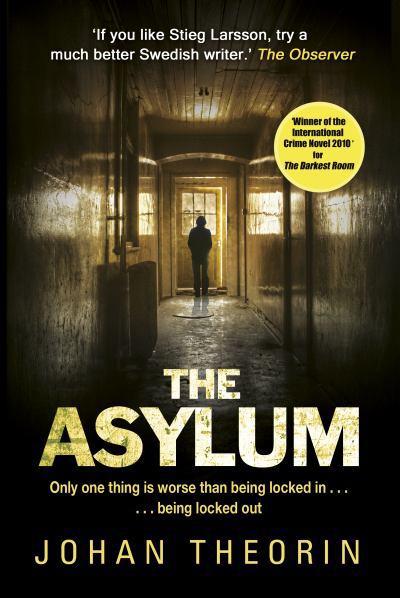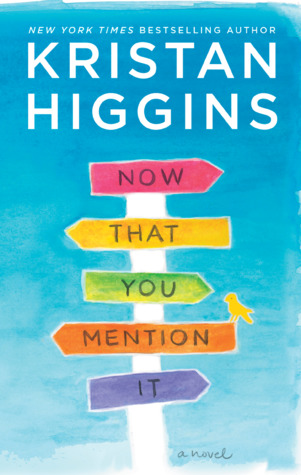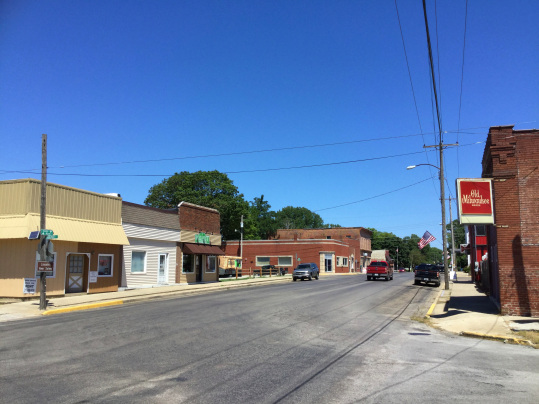Download links for: Social Physics: How Good Ideas Spread— The Lessons from a New Science


Reviews (see all)
Write review
Awesome book -- Sandy is a trailblazer at using data to prove our social habits and tendencies.
Interesting research. Will most likely appeal to folks who work with data and technology.
303.483 P4192 2014
Other books by Nonfiction
Related articles












